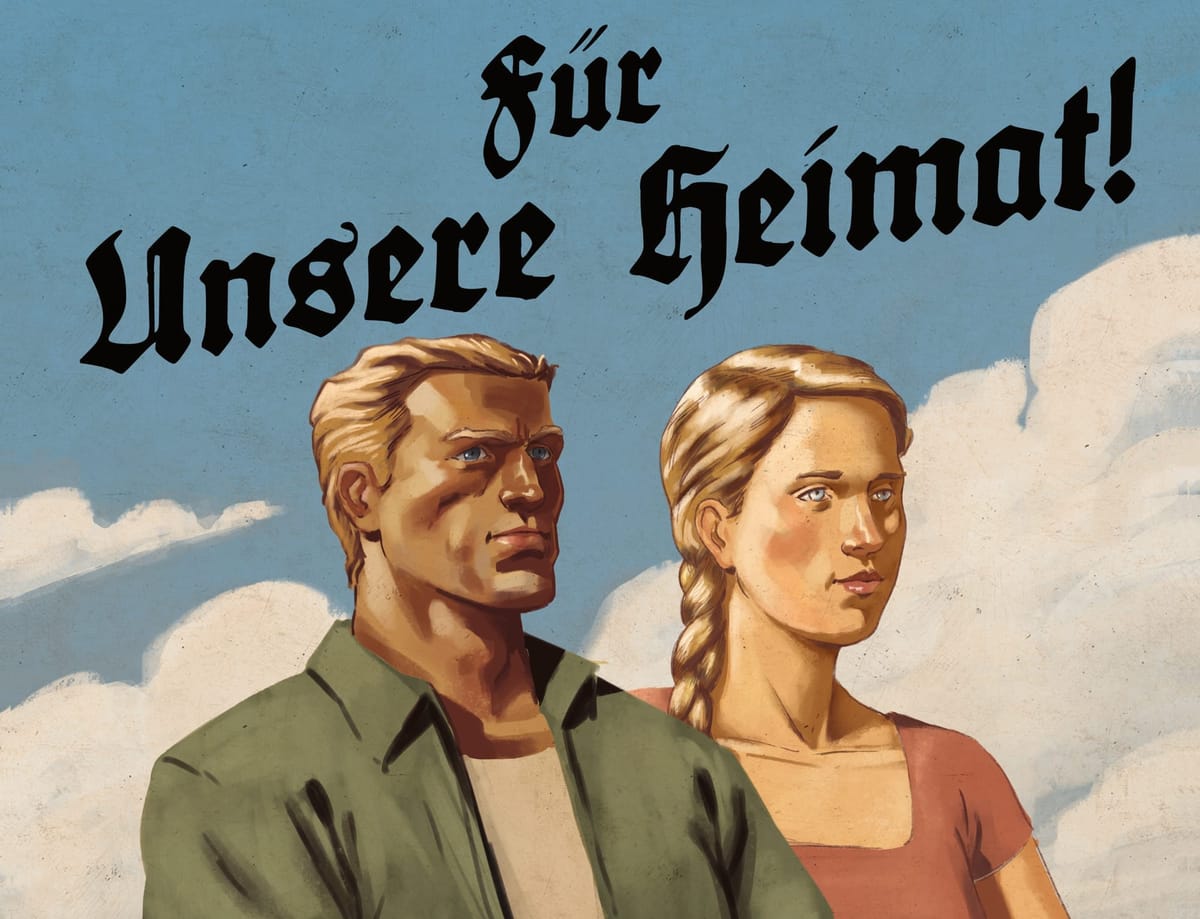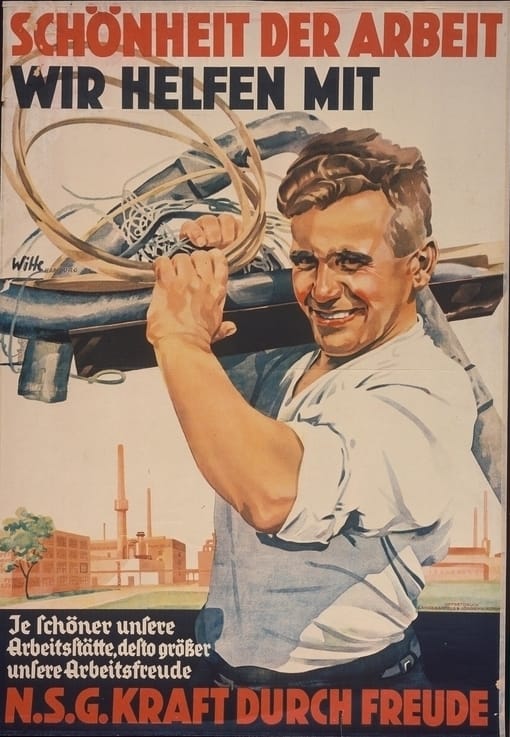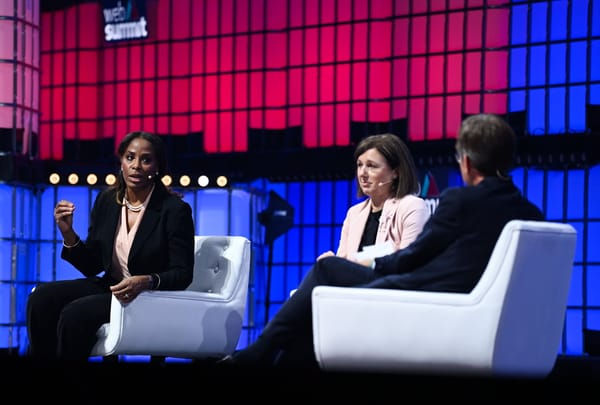Subverting — and celebrating — the fascist aesthetic
In Austria, activists co-opted fascist imagery to promote a message of inclusion. Would that work in America?

It's right there in the name, "National Socialists": an example of reactionaries trying to coopt and pervert the language of the left. It's Steve Bannon identifying as a "Leninist," the former Trump adviser claiming that, like the Bolsheviks, the populist right aims to "destroy the state" and "all of today's establishment." It's billionaires and their lackeys criticizing "elites."
The far right has long practiced the art of lifting rhetoric and tactics from its political enemies. So ahead of local elections earlier this year in Vienna, a group of left-wing activists decided it was time for some payback at the expense of their own local fascists: Austria's Freedom Party, or FPÖ.
Dubbing itself the "Strache list," a reference to FPÖ politician Heinz-Christian Strache, the artist-activists of Stahlglatt & Blumeenweich launched their own satirical campaign for city government, creating a series of posters in the aesthetic of 1930s fascism. The propaganda is instantly identifiable in a country with its own dark history of authoritarianism; about 40% of the guards at World War II concentration camps hailed from a country that made up just 8% of the Third Reich.
Some might have been content at slapping "FPÖ" (or "GOP") on an actual Nazi poster and calling it a day. But the aim of the "Strache list" campaign was not just connect today's fascists to the one's of old, but to subvert and disorient. "For our homeland!" one poster declares above a blonde couple. "Fortress Vienna against traitors to our people" — so far, pretty fascist — "who corrupt our youth with racism, fearmongering and hate speech!"

"For our homeland! Fortress Vienna against traitors to our people who corrupt our youth with racism, fearmongering and hate speech!" (Stahlglatt & Blumeenweich, 2025)
As the group explains on its website, the campaign, by pairing a reactionary aesthetic with earnest, progressive rhetoric, is intended "to maximize the audience's uncertainty" with "provocative" content. Any fascist sympathizer will begin to frown as they make their way through the text, which reframes the defense of the "homeland" as standing up for the liberal values of tolerance and inclusion that made it great.
But as an American seeing these posters for the first time, what was disorienting was that I had recently seen this same aesthetic back in my home country. The first connection that I made was not to Nazis in Germany, but fascists in the United States.
Under President Donald Trump, the federal government is now chock full of 20-somethings who appear to be self-consciously aping the style of literally Adolf Hitler. The U.S. Department of Labor has released a series of propaganda posters that appear to be inspired by mid-20th century authoritarianism, as mediated by artificial intelligence.

Image posted by the U.S. Department of Labor on Facebook, Oct. 18, 2025
When I showed the Trump administration's conspicuously Aryan aesthetic to someone here in Austria, their reaction was: "Wait, is this real?"
It is. And in America, where there is less familiarity with Nazi imagery, it works on a couple of levels.
One, it provokes: those over-educated liberals will be so mad, the creator hopes, and look hysterical when they try to explain that "this is fascism" to someone less clued in. Two, it's a signal: while publicly denying the accusations of the triggered and loony left, the purveyor of such imagery knows it will be recognized for what it is by the far right, too.
It's like the Trump campaign naming a prominent Nazi organizer to be a Republican delegate: anti-fascists and fascists alike will both understand there's little chance that could happen by mistake.

German Labor Front Poster: “Beauty of Labor” (1934), published in: German History in Documents and Images,
The self-conscious adoption of an historically evil aesthetic is also why I don't think a subversive campaign would really work in America. The population is not as historically literate and while one could ironically adopt the MAGA aesthetic, after 10 years of this tasteless kitsch, I don't think anyone on the left really wants to see another red cap with white text.
It is, of course, debatable whether it works in Austria, either. Stahlglatt & Bluemeenweich say their "communication guerrilla warfare" is inspired not just by local fascists, but Steve Bannon and his mantra: "flood the zone with shit." In taking on the "authoritarian camp" — identified as "Donald Trump and his cronies, the German AfD and the Austrian FPÖ" — they are pursing an "artistic strategy for subverting authoritarian actors with their toxic communication structures," taking back terms like "homeland" and "our people" that were "believed to have been lost to authoritarian groups."
Maybe? But it's also possible that some aesthetics, MAGA or Nazi, are best left in the bin. Take the example of that red hat and white text: Is the relief a liberal feels when realizing it's ironic — "Make America Mexico Again" — enough to make up for the initial aggravation?

"For our homeland! Reward the hardworking instead of sparing corrupt city politicians!" (Stahlglatt & Blumeenweich, 2025)
Austria's guerrilla artists do try to address that by including people of color in another one of their posters, making it a good deal likely to be confused with earnest white supremacy.
In America, though, I'm not sure you even need a subversive art campaign to link those in power to their fascist predecessors. The 20-something white nationalists now staffing the federal government are happy to do that themselves.
If you appreciated this piece, please consider a paid subscription or one-time donation.




